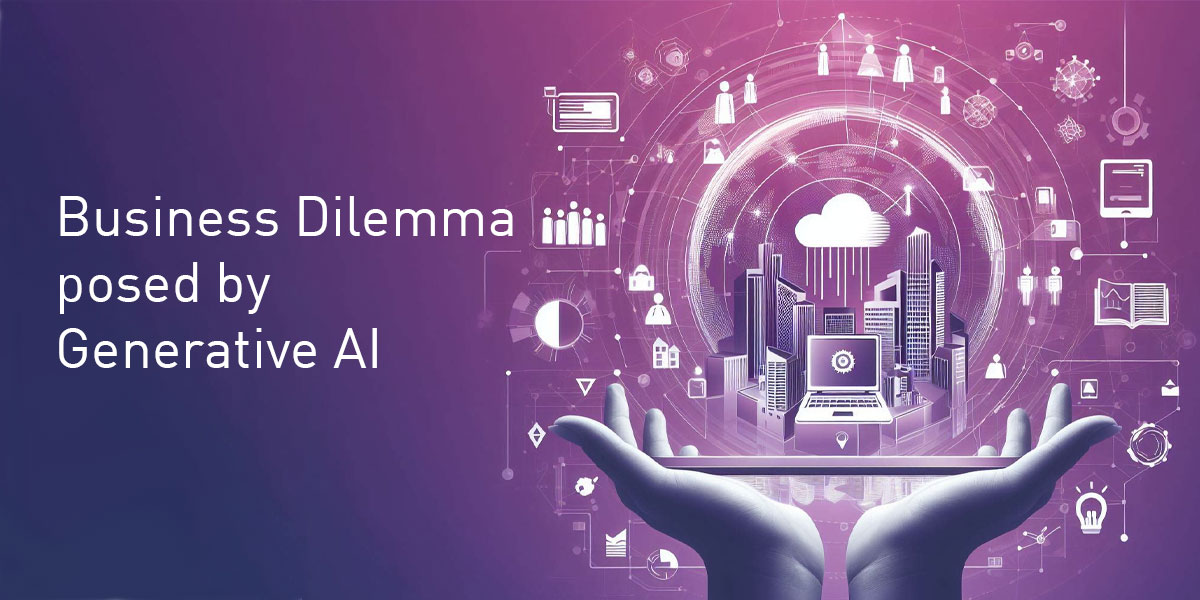Necessary cookies are absolutely essential for the website to function properly. These cookies ensure basic functionalities and security features of the website, anonymously.

The Metaverse: Where are we now?
Beyond the hype
Many of the features of the metaverse are simply an extension of developments that already exist. Virtual Reality, online avatars, digital twins of real world objects, and Non Fungible Tokens are already part of the digital landscape. Virtual Reality environments have gone through cycles of development and disappointment for decades now. Is the hype around this cycle any different?
The answer is yes and no.
The real game changer in the metaverse is likely to come when 6G arrives. The precision of the 6G signal will allow us to render of 3D images, in other words, the holographic video call will finally be a reality, without the need for cumbersome headsets. Much of the work today is laying the ground work for that more exciting stage.
The roll out of 6G, however, is a necessary but not sufficient step forwards. A large number of other technologies will also need to be invented. That process starts with agreements on how to share data, and that is where we have seen progress this year.
2022: Uniting a fractured landscape
Throughout 2022, there has been collaboration in the background between large tech companies and experts to agree how to share the necessary data, which until now has largely developed as a series of cottage industries among individual inventors and R&D departments.
We want to be sure that the sender and the receiver of 3D images across the internet are using compatible code systems. It’s a lot like sending an email from your Outlook account and to a friend using Yahoo. You expect them to both receive the email and see pretty much the same content consistently every time.
This kind of compatibility among email providers didn’t come about by chance. Today, Universal Scene Description, a variation on the HTML language that makes document and data sharing work, will allow creators to render 3D objects visually, and to render concepts such as weight and density accurately. It also covers rules for how different objects will interact.
Beyond the technology
So, 2022 has concluded with broad agreement on Open Standards for the code to share across platforms technically. From a business perspective, it seems unlikely that companies like Facebook, which have made considerable investment in building closed systems, will fully embrace data portability across those standards. Email providers, for example, agreed to use the same code back in the 1990s. Social media platforms, coming along in the savvier 2000s took steps to ensure incompatibility for business reasons.
Legally, too, there is no guidance yet on which jurisdictions will hold over online processes. These environments promote ‘ownership’ of digital objects at a real world financial costs across multiple national boundaries. The wild west of Block Chain based virtual coin environments will likely not do for formal business practice.
How do we exploit data from the Metaverse?
The value of Metaverse data for decision making is also not yet clear. Much of the work to date has been a little at the level of gimmicks. Like its counterpart, gameplay telemetry data from kids’ and adult games, it’s unclear whether metaverse data will offer insights into business decisions outside of meta environments. Decisions such as market and competitor analysis, will depend on a different kind of data for the foreseeable future.
Applications of meta in business in 2023
The main choice today, for companies wanting to get into the metaverse early, are around whether we want to work in totally immersive environments, in other words, Virtual Reality (VR) goggles, or if Augmented Reality (AR), transparent headsets are more useful.
The media, any information-based businesses, and the telecommunications industry are obvious candidates for early adoption. Some retailers, for example, have already experimented with virtual stores, but the customer needs to be wearing a headset to visit virtually. This means people need to purchase a device to access meta content and ownership of those devices is not widespread.
Professions where skilled technicians are needed may well make use of augmented reality for enhanced training purposes. A surgeon, for example, could log realistic practice on a virtual patient long before walking into the operating theatre to perform a new type of surgery. ‘Environments that move’ are also a good option for digital twin solutions – think advanced pilot simulator type applications.
Keeping you updated
So, there has been some progress, but we’re very much at the beginning of the curve on this one.
We’ll keep you updated on this, and other trends, as they emerge in societies.






